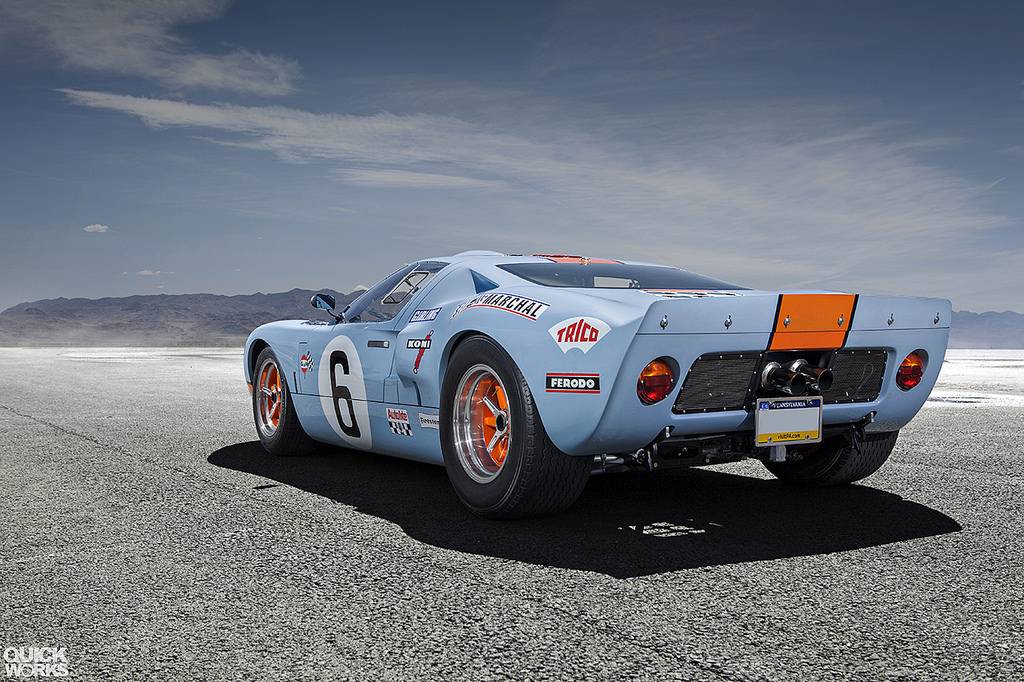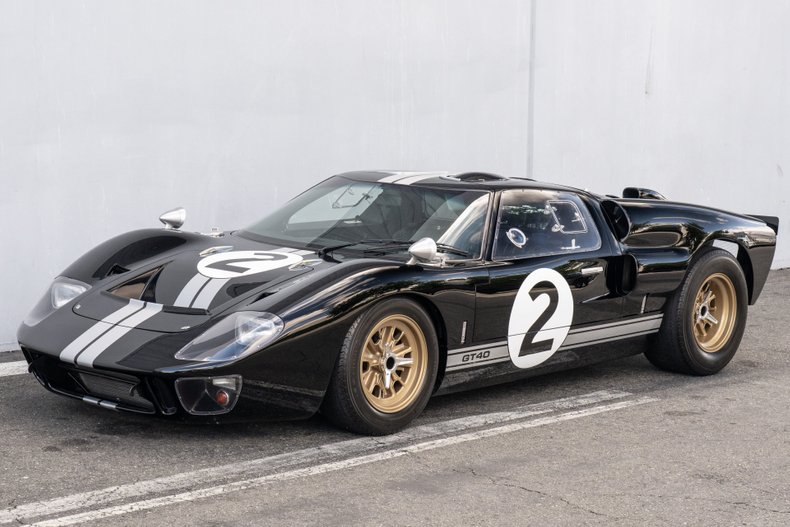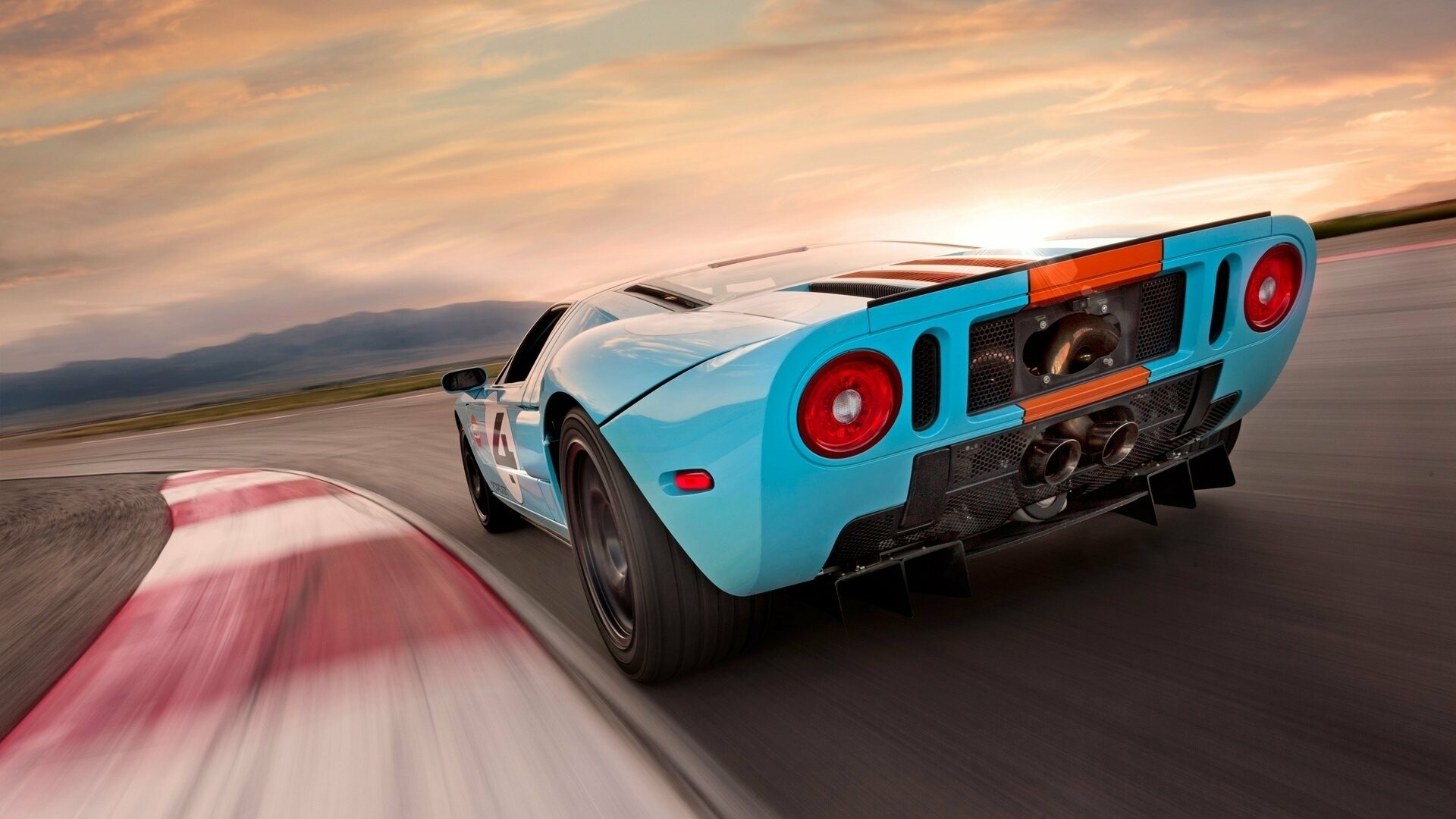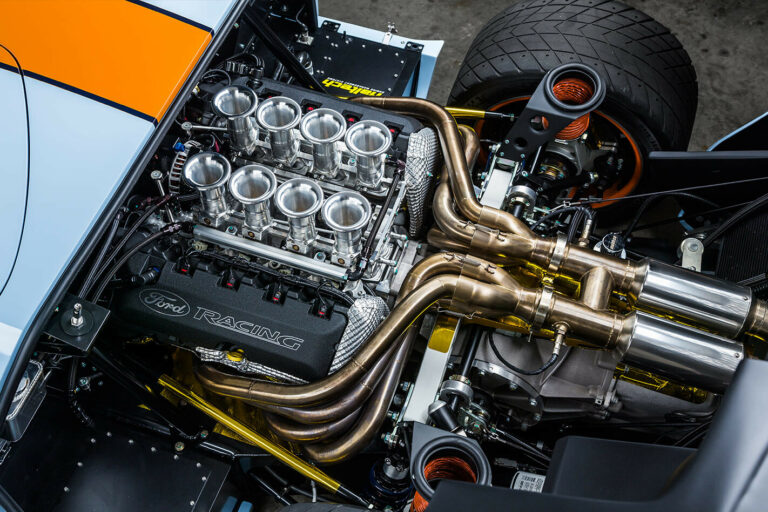
Ford GT40: The V8 Legend That Humbled Le Mans
Few cars in motorsport history command the reverence of the Ford GT40. Born from corporate rivalry and refined through relentless engineering, the GT40 became America’s answer to Ferrari’s dominance at Le Mans during the 1960s. What started as Henry Ford II’s vendetta evolved into a four-time Le Mans champion (1966–1969), etching the GT40 into the pantheon of racing immortality.
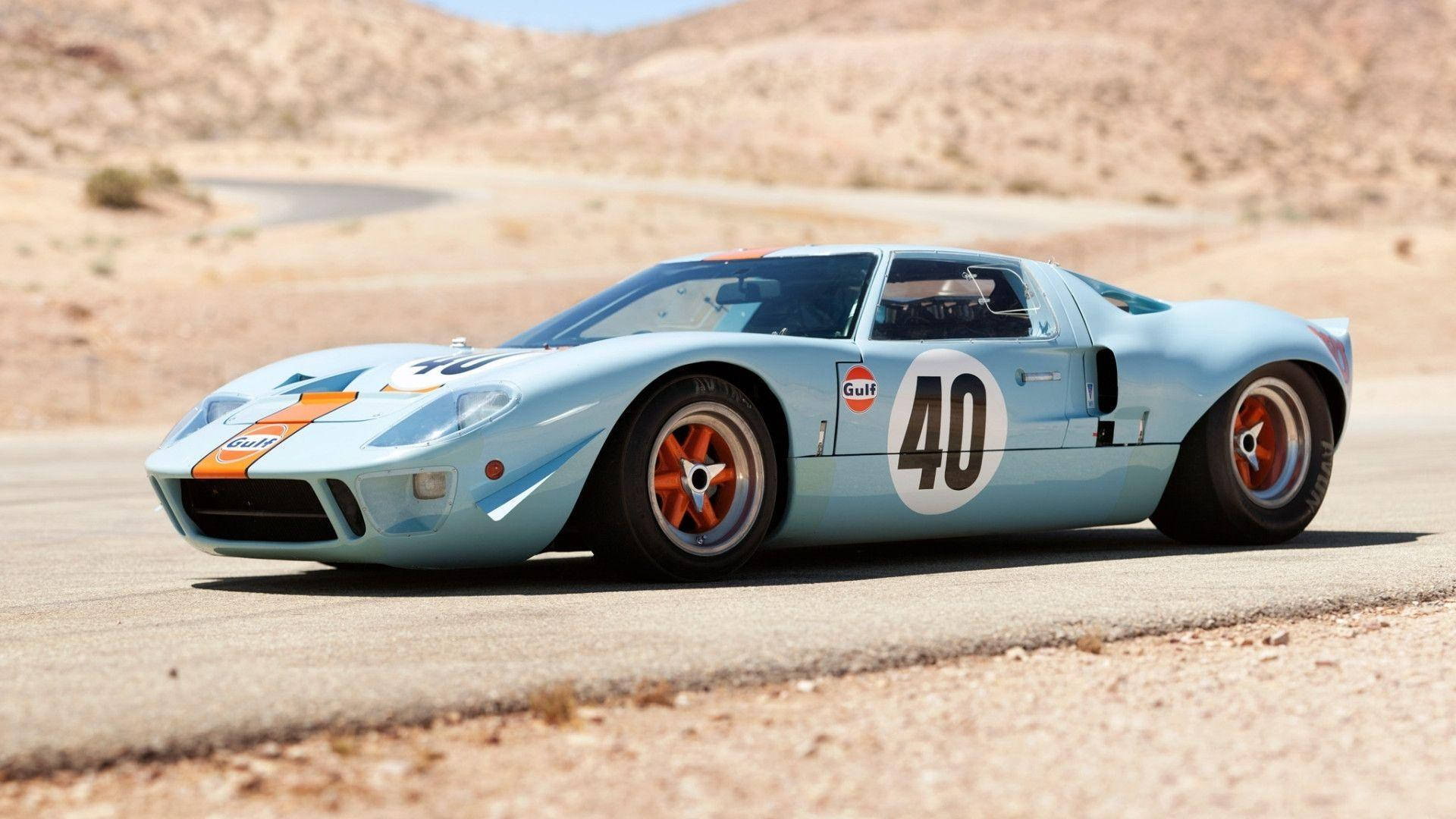
The Origin Story: Ferrari, Ford, and Fury
In the early 1960s, Ford Motor Company attempted to buy Ferrari. The deal collapsed when Enzo Ferrari pulled out at the last moment, enraging Henry Ford II. Determined to beat Ferrari where it hurt most—on the track—Ford turned to Carroll Shelby, Eric Broadley (of Lola Cars), and a team of dedicated engineers. The result: the GT40, named for its 40-inch overall height.

Racing Glory: The 1966 Le Mans Breakthrough
After years of trial and error, 1966 was the breakthrough. The Ford GT40 Mk II, powered by a massive 7.0L V8, swept the podium at Le Mans, finishing 1-2-3. Ken Miles, Bruce McLaren, and Chris Amon were among the key drivers. This historic victory marked the first time an American manufacturer had won the 24 Hours of Le Mans overall.

Engineering That Endured
The GT40 went through several iterations:
- GT40 Mk I: Based on Lola chassis with small block V8.
- Mk II: Featured a 427ci big block V8.
- Mk III: Road-legal version with longer rear.
- Mk IV: All-American design with aluminum honeycomb chassis and aerodynamic tweaks. It won Le Mans in 1967.

The Legacy
The GT40 didn't just win; it changed racing culture. Its victories forced European dominance to yield and laid the groundwork for future American performance engineering. Even decades later, the modern Ford GT models pay homage to this legendary machine, from the 2005 rebirth to the 2016 Le Mans-winning GT.
Ford GT40 Throwback Gallery


